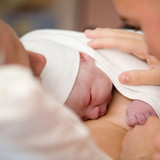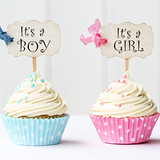Jun 25th 2019
What to Write in New Baby Gift Card?
We know how hard it can be to come up with the perfect gift note, especially when you are welcoming a new baby into the world. All those feels in just one tiny text box! Whether you are writing to your best friend, daughter, co-worker or an acquaintance, we’ve got your back with this list of common phrases to help jump-start your per














